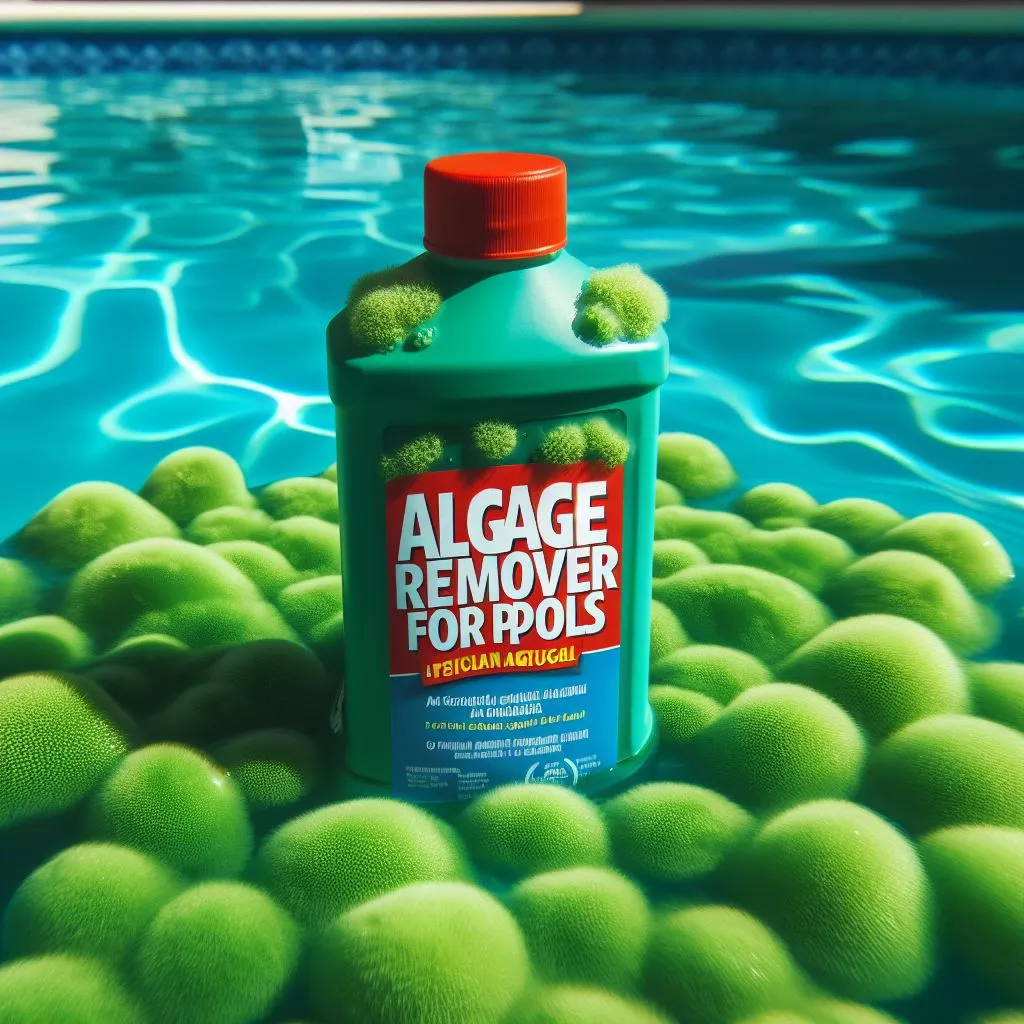Maintaining a pristine and algae-free swimming pool is a top priority for pool owners. While algaecides are effective tools in the battle against algae growth, mishandling or overuse can lead to chlorine burns on the skin. In this comprehensive guide, we explore the causes, symptoms, and, most importantly, effective treatments for pool chlorine burns caused by algaecides.

Understanding Pool Chlorine Burns
Causes of Chlorine Burns
Pool chlorine burns occur when the concentration of chlorine in the water, often from algaecides, surpasses safe levels. Direct contact with chlorinated water can lead to skin irritation, redness, and discomfort.
Symptoms of Chlorine Burns
Recognizing the symptoms is crucial. These may include redness, itching, dryness, and in severe cases, blistering or peeling skin. Prompt identification is essential for timely and effective treatment.
Immediate First Aid
Rinse with Fresh Water
The first step after chlorine exposure is to rinse the affected area thoroughly with fresh water. This helps to remove excess chlorine and mitigate further skin irritation.
Avoid Scrubbing
Scrubbing the affected area vigorously may worsen the irritation. Gently pat the skin dry with a clean towel instead.
Apply Aloe Vera
Aloe vera has soothing properties that can provide relief from chlorine burns. Apply a generous amount of aloe vera gel to the affected area to alleviate discomfort.
Home Remedies for Chlorine Burns
Oatmeal Bath
An oatmeal bath can help soothe irritated skin. Add colloidal oatmeal to a warm bath and soak for 15-20 minutes.
Coconut Oil
Coconut oil has moisturizing and anti-inflammatory properties. Applying coconut oil to the affected area can aid in healing.
Cold Compress
Use a cold compress to reduce inflammation. Apply the compress to the affected area for 10-15 minutes at a time.
Seeking Professional Medical Help
Severe Symptoms
If symptoms persist or worsen, it’s crucial to seek medical attention. Severe cases of chlorine burns may require professional medical intervention.
Allergic Reactions
Individuals with known allergies or sensitivities should consult a healthcare professional immediately if they experience adverse reactions to chlorine exposure.
Prevention of Chlorine Burns
Follow Algaecide Instructions
Adhere to the recommended dosage and application guidelines provided by the algaecide manufacturer. Overuse can increase chlorine concentration and the risk of burns.
Test Water Regularly
Regularly test the pool water to ensure chlorine levels are within the recommended range. This prevents excessive exposure and minimizes the risk of burns.
Use Alternatives
Consider using alternative algaecides with lower chlorine content or explore non-chlorine-based options to prevent chlorine burns while effectively managing algae.
Aftercare and Skin Recovery
Hydration
Stay well-hydrated to promote skin recovery. Drinking plenty of water helps flush out toxins and supports overall skin health.
Moisturize
Apply a fragrance-free, hypoallergenic moisturizer to keep the skin hydrated and aid in the healing process.
Avoid Sun Exposure
Protect the affected area from direct sunlight to prevent further irritation. Use sunscreen or wear protective clothing if necessary.
Conclusion
In conclusion, proper handling of algaecides is crucial to avoid chlorine burns in pool users. Understanding the causes, recognizing symptoms, and implementing effective first aid and aftercare measures are essential components of managing chlorine burns. By following preventive measures and promptly treating any incidents, pool owners can maintain a safe and enjoyable swimming environment for all.

 Instant
Quote
Instant
Quote Email
Us
Email
Us